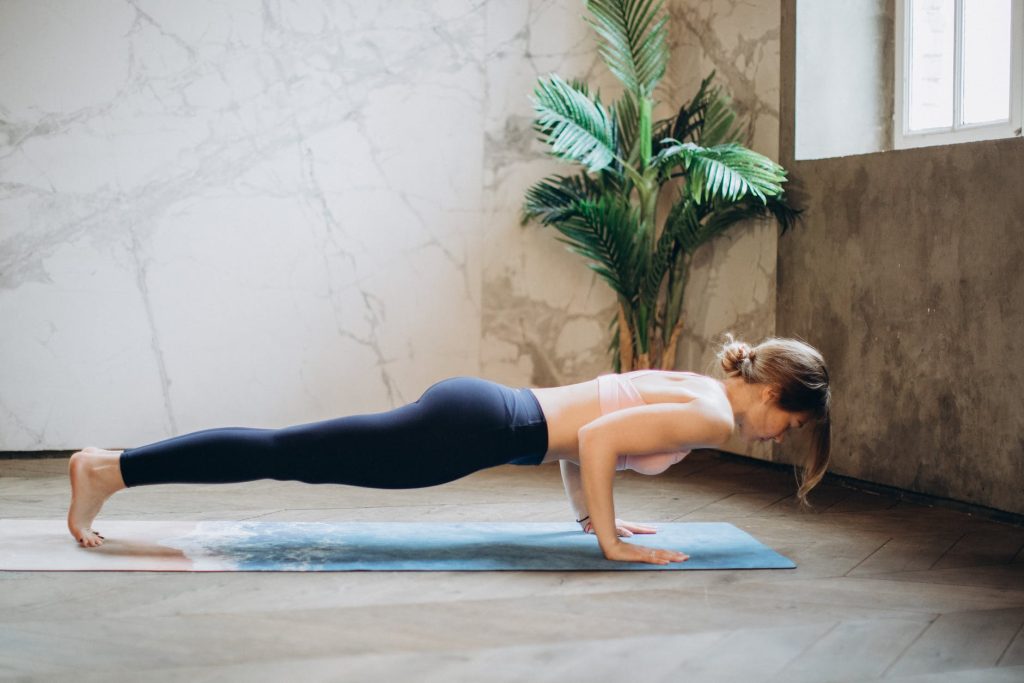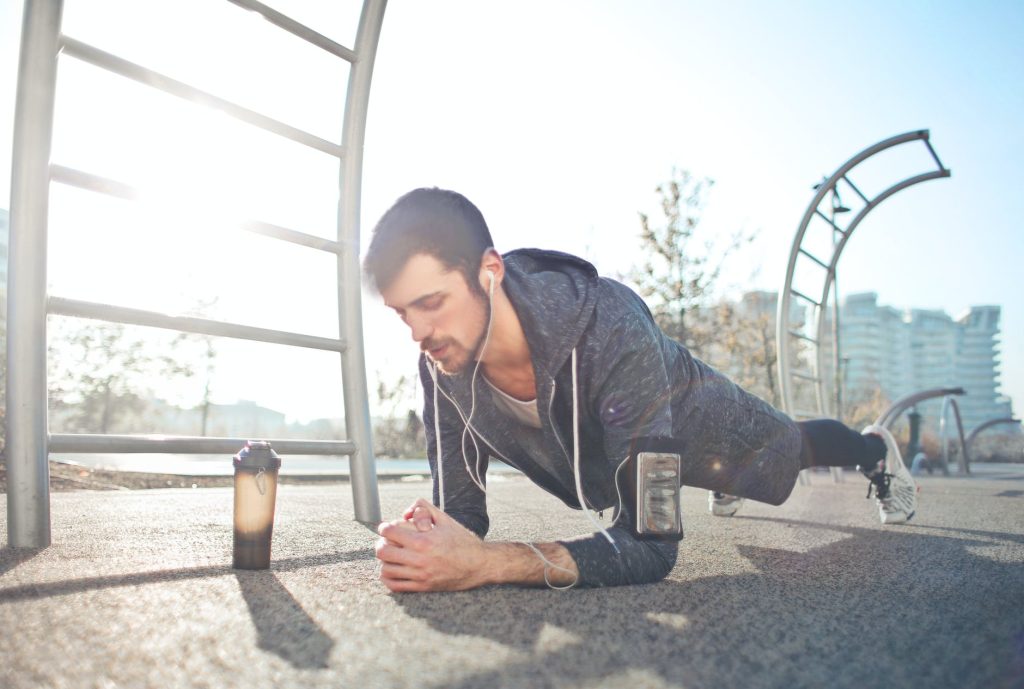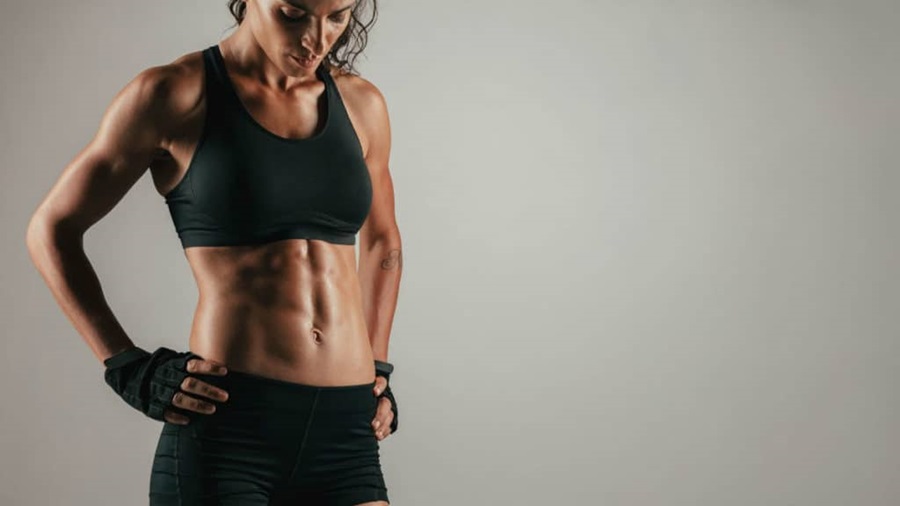The coaches that teach fitness the majority of the time would focus on the classic variant. This is using straight arms or on the elbows. This static exercise is considered to be an excellent one for improving abs and stamina. However, as it would turn out, the plank carries dozens of variations that could include practically every part of the body. This would include the shoulders, calves, buttocks, back, and different muscles.
The actual training using planks could be very dynamic. The following will highlight the most effective type of planks. Individuals could mix and match as many variants, all depending on the level of physical activity required. Each one should be done for approximately fifteen to thirty seconds, increasing the time gradually until two minutes have been reached.
Contents
Plank Walk Down
This variation of the plank engages the abs, back muscles, and biceps. The starting position is the typical plank position on the elbows. Remove the right hand from on the floor and place the palm where the elbow was, it should be under the shoulder. Then complete the same action with the left hand. Move-in an upward direction as much as possible, and then return to the start position.
Side Plank Toe Touch
This variant will engage the shoulders and the hip muscles. The starting position if the side plank lying on one elbow with the other arm positioned outward vertically. Move the straight leg up and attempt to touch the toes. Try not to bend the leg. Turn to the other side and complete the exercise again.
Side Plank Knee To Elbow
This variant aside from engaging the shoulders and hip muscles will also engage the buttock muscles. The starting position is the side plank lying on one elbow. The upper hand should be placed so that it is behind the head in order to have the elbow pointing up. The leg not touching the floor should be bent in an effort for the knee to touch the elbow.
Tom Cruise Plank
This variation of the plank will engage the entire body. The abs, the hips, the calves, the shoulders, and the forearms will be trained to do this exercise. The starting position for this variant is the classic plank position. Gradually move the legs and hands outwards as wide as possible. Then lower the body as far down as possible as if you are soaring over the ground.
Walking Plank On Straight Arms
This variation of the plank will have your shoulders and back muscles engaged. The starting position is the classic plank position. Take one single sideways step with one hand and one leg, then move the other two to the same side. Return to the starting position. During this exercise keep the pelvis under control; do not allow it to move up.
Side Jumps On Straight Arms
This planking variation will have the calves, buttocks, and hips toned in no time. It will also engage the muscles along the back. The position on elbows or straight arms is the starting point. Place the legs together and then complete a jump from one side to the other.
Plank On One Arm
This plank will engage the muscles in the shoulders. The starting position is the classic plank position on the elbows. Place one of the arms alongside the body. Repeat this exercise alternating arms.
Side To Side Plank
This plank variation will have the hips, buttocks, and muscles in the back engaged. The starting position if the classic plank position on the elbows. Then gradually lean the pelvis so that the hip makes contact with the floor.
Lifting Legs Plank
This plank variant engages the largest back muscles in a very intense way; it also trains the buttocks and abs. The starting position is the classic plank position on the elbows. At the knee straighten the legs, then bend one foot and lift it in the air. Touch the floor with the toe and lift the foot back into the air. Repeat this movement with the other foot.
Sliding Back & Forth Plank
This plank variation engages the abs, biceps, and calves and makes them stronger. The starting position is the classic planking position with the elbows. Push off from the toes so that the entire body is moving forward, in a parallel direction to the floor. Then return to the starting position. Ensure that the back does not curve by controlling the abs.







